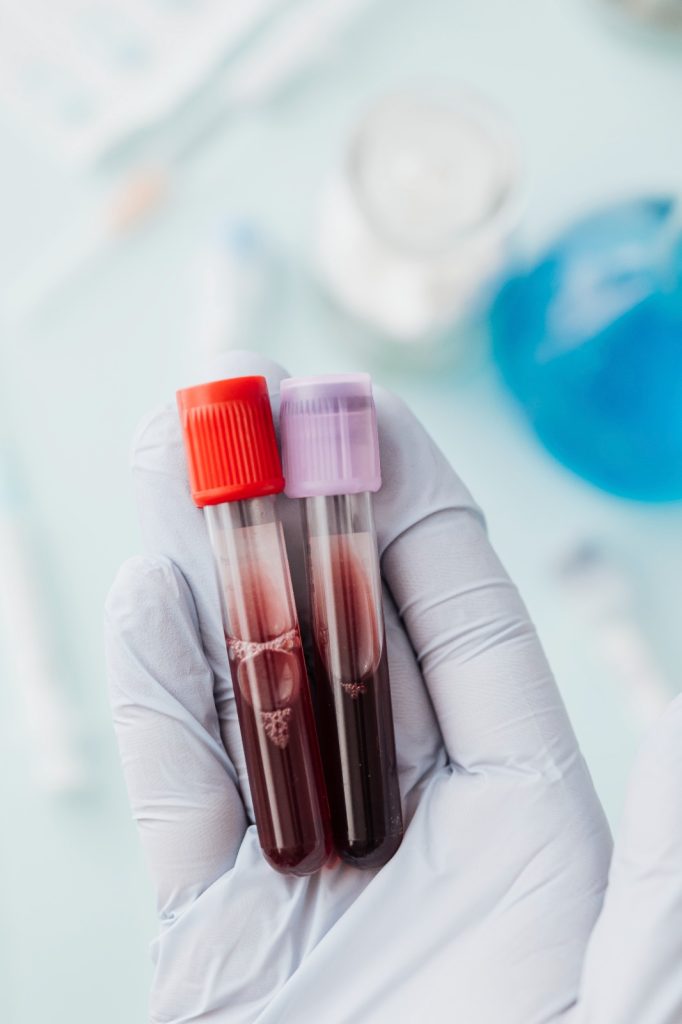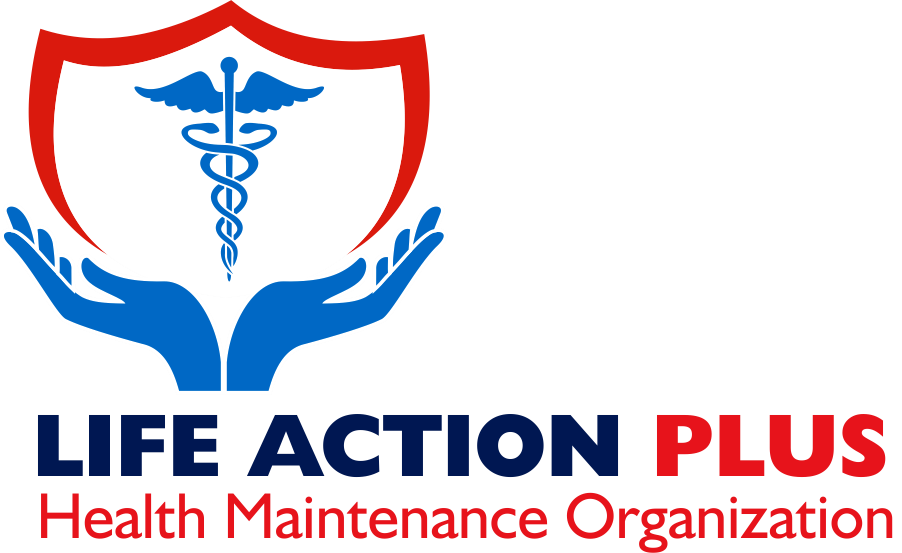HIV is one of the deadliest infections in the world, and it is caused by the human immunodeficiency virus that mainly targets the immune system. The immune system is the body’s special defense mechanism, which deals with germs, infections, and generally anything that does not belong in the body’s general system.
The HIV virus mainly targets CD4+ cells of the immune system. These include macrophages, monocytes, dendritic cells, and T-helper cells. The infection causes the eventual death of these cells and progressively weakens the overall immune system, making the infected person susceptible to any type of infection. Though HIV is mostly transmitted via sexual intercourse, it can also be transmitted by sharing sharp objects, exposure to contaminated blood, organ donations, and it can be transmitted from mother to child during pregnancy and breastfeeding.
HIV cannot be transmitted through ordinary day to day contact, such as shaking hands, hugging, kissing, or sharing food, or water with an infected person.
Risk factors for HIV infection include:
- Unprotected vaginal or anal sexual intercourse.
- Sharing contaminated syringes, needles and other sharp objects that might be deployed during drug misuse.
- Receiving unsafe blood transfusions, injections, organ transplant
- Exposure to unsterilized items used in cutting or piercing, tattoos, etc.

The infection is a progressive disease that can be categorized into 3 stages:
- Stage One (the acute HIV infection): the person has non-specific symptoms, including fever and chills, rash, night sweats, body aches, sore throat, fatigue, lymphadenopathy, and mouth ulcers. However, it is important to know that a person might not experience these symptoms at all during the acute phase. Having these symptoms does not indicate that a person has become infected with HIV since even basic infections can cause these symptoms.
- Stage Two (the chronic HIV infection): This stage is also called asymptomatic HIV infection or clinical latency. The virus is still active in this phase, but reproduces at very low levels, and individuals may not have any symptoms during this phase. Without taking HIV medicine, this period may last a decade or longer, but some may progress faster into the next stage. Despite being asymptomatic, people still can transmit HIV to other people during this phase. At the end of this phase, the viral load goes up and the CD4 cell count goes down. The person may have symptoms as the virus levels increase in the body and the person moves into stage three. However, people who take HIV medicine as prescribed may never progress into stage three.
- Stage Three (the acquired immunodeficiency syndrome or AIDS phase): This is the most severe phase of HIV infection. People with AIDS have severely damaged immune systems that they get can get increasing number of severe illnesses called opportunistic infections. Some of these conditions include the following: recurrent pneumonias, especially with a typical bacterial species, Candidiasis of bronchi, trachea, or lungs, cervical carcinoma, coccidioidomycosis, cryptococcosis, tuberculosis, HIV-related encephalopathy, herpes simplex infection, lymphoma, amongst others.


